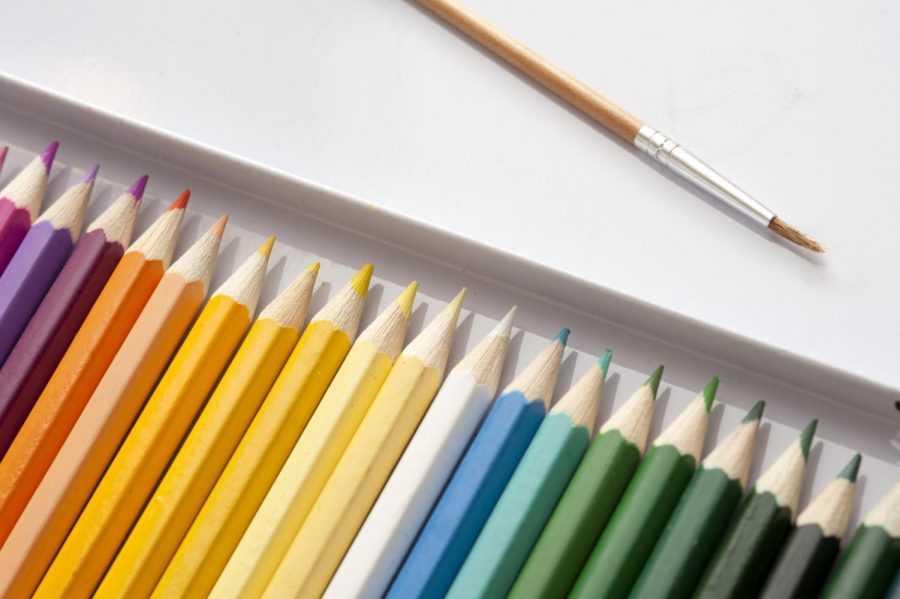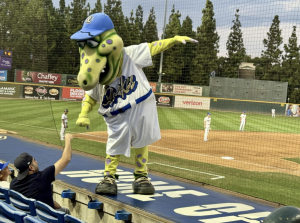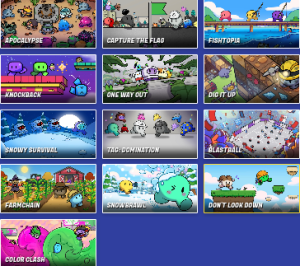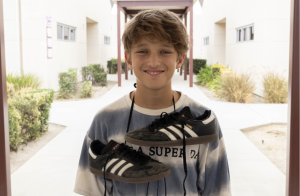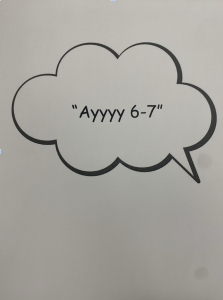Art: Not as Simple as it Looks
Art may seem to come naturally to some people, but it is harder than it seems.
September 24, 2020
When someone talks about art, what do you think about first? Do you think it’s easy to draw? Anyone can pick up a pencil, right? Believe it or not, there are a lot of challenges, no matter how simple it can look.
Every aspiring artist has heard “Practice makes perfect” from well-meaning friends and family. This is actually a terrible piece of advice. Practice can actually prevent growth, rather than make it easier to improve. First, this advice isn’t specific enough. Someone can be great at drawing cartoons or anime, while suffering through a simple sketch of realism or landscapes. If the artist were told, “just practice,” it wouldn’t help them know how to improve. A good way to work around this is to look at their drawings, and try to see what they specifically need to improve upon, like anatomy, perspective, coloring, etc. This is helpful toward guiding the artist in areas of research and improvement.
Another piece of terrible “advice” is to “stop drawing [blank].” This is unmotivating, especially if that specific area of art is where the artist is showing progression. This mostly applies to fan art, anime, and furries, but can apply to a wide scale of art styles. This advice can lead to a discouraged mindset, bad habits, a lack of motivation, eventually causing a blossoming artist to quit. Art is something people typically enjoy, and it doesn’t make sense to tell someone to stop drawing something, especially if they worked hard on their art.
While there is bad advice, there is also constructive criticism. “Your art is only as good as its weakest link”may sound harsh at first, but it helps the artist learn to look closely at the outcome, finding unique perspectives. People respond this way after noticing that one part of a drawing looks odd, like the proportions or something in the background. Inevitably, that is what people will see first.
Another good piece of advice is to “learn your style first, then experiment more.” This is a bit controversial, and the context of this view can completely change its impact. For example, by discovering the strongest style and mediu, the artist will not only identify their specialty, but also their direction of growth. This shouldn’t become an obsession for improvement, as that risks leading toward an unhealthy mindset.
Like many things, drawing too much can lead to burnout. As a result, an artist can lose motivation, and begin to doubt themselves. Like all activities, too much can bring about a state of mental, physical, or emotional exhaustion. “Art challenges,” such as Inktober, offer a challenge to draw a picture every day in October. If you start to feel burnt out, there are multiple ways to deal with it.
One way to deal with burnout is to take a break. Do something that releases the pressure to keep working or stop wasting your time. The best remedies are times in nature, getting some sleep, or spend time with friends. Upon returning, some of those skills may be rusty, but that struggle is okay. Avoid the temptation to steal someone else’s art, through actual theft or tracing. That art will get noticed, but for all the wrong reasons.
Never underestimate the difficulty of art. There’s always a level of complexity in everything, and nothing is as simple as it looks. Just because the artist attempted something and struggled, doesn’t mean it’s bad. Rejection is part of the learning experience and should never be a reason to begin that next creation.

